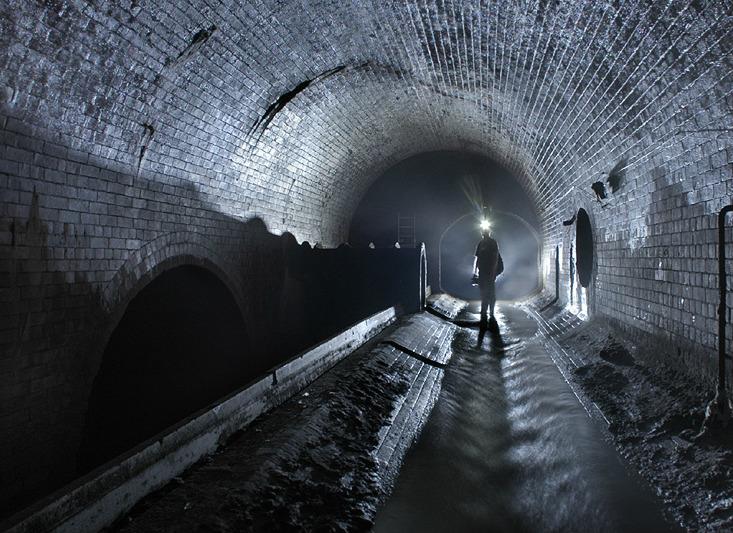
The sewage doesn’t lie.
People, however, are less than honest when asked about things like their illicit drug use. Each year, the National Survey on Drug Use and Health knocks on the doors of some 70,000 Americans asking them detailed questions about their drug use. The data are undoubtedly valuable, but even the survey’s director admits they’re not capturing the complete picture. “The more sensitive and deviant the behavior, the more likely it is to be underreported,” said Joe Gfroerer, who oversees the survey, to Popular Science.
But everyone has to go the bathroom. That’s the idea behind the burgeoning field of sewer epidemiology. While scientists can’t drug-test every person out there, they can dip into the rivers of urine flowing from toilets to wastewater treatment plants everyday. Just a few tablespoons of sewage can reveal the popularity of marijuana, cocaine, ecstasy, heroin, or any other the drug of choice in a given city.
Sewer epidemiology can monitor drug use in real time, which is where things really get interesting. Instead of waiting a whole year for a survey data to come back, sewer epidemiologists can look at how drug use changes over weeks, days, or even hours.
An analysis of sewage samples at an Oslo ski resort, for example, found three times as much cocaine the Friday night of a season-closing party compared to a normal weekend. According to a separate week-long sampling of 19 European cities done last year, cocaine and ecstasy spiked during weekends. If that all sounds obvious enough, here’s something else: The same European researchers found ecstasy levels on Utrecht to be off the charts, more than 10 times higher than previously measured in that city. Two days before the study, it turns out, police had raided an illegal ecstasy manufacturing facility in Utrecht. Sewer epidemiology may be able to detect drug busts, too, due to the frantic disposal of incriminating evidence.
But Utrecht also underscores one of the difficulties of sewer epidemiology: Urine from drug users, supplies flushed down the toilet, and materials wasted by drug labs all feed into the same stream. How to distinguish one from other to get meaningful drug use data? For some drugs, such as cocaine or marijuana, this is not so hard. Chemicals are broken down in the body, and researchers can look for the metabolites of cocaine and marijuana: benzoylecgonine and 9-carboxy-delta9-tetrahydrocannabinol (THC-COOH), respectively. Heroin, however, is an especially tricky case: It gets metabolized into morphine, which is of course also a legally prescribed painkiller.
Getting from sewage data to actual drug use (i.e. how many people are actually using?) presents another challenge. The level of drugs in the sewer obviously changes drastically over time, and the potency of illicit drugs can vary by batch, too. But researchers think they’re on the right track. The relative levels of drugs in the 19 European cities are broadly in line with other drug data. For example, Amsterdam tops the list for cannabis (to nobody’s surprise), and methamphetamine is highest in Finland, Norway, and the Czech Republic, which are indeed in regions where police seize the most of that drug. There’s also research to suggest survey data indeed underestimates drug use. A 2005 Italian study of the river Po, the country’s longest, found levels of cocaine consistent with twice the estimated national usage.
Europeans have so far led the way with sewer epidemiology research, and scientists are now pushing policymakers in the EU to start using the data to serve public health. But the field was initially conceived by an American, Christian Daughton of the Environmental Protection Agency (EPA). Daughton proposed monitoring sewage for illicit drugs in 2001, after extensive research on how prescriptions drugs like hormonal birth-control pills are making their way into the environment. Flushing something down the toilet may seem like the end of it, but in some ways, it’s just the beginning.
Sarah Zhang is a science journalist based in Washington, DC. Follow her on Twitter @sarahzhang.



